In a low margin, high cost-base industry like auto retail, balancing budgets is always going to be a challenge.
A dealer’s profitability is at the mercy of a number of factors from consumer confidence to pre-registration levels, manufacturer demands and rising costs.
Profit increasingly comes from hitting manufacturer targets but if they miss the mark, dealers can find themselves struggling. The prudent dealer keeps a constant eye on overheads – to survive the bad times and maximise profit in the good.
Making sure you’re getting the best deals and that all aspects of the business are running efficiently is a necessary, but difficult, task.
Louise Wallis, head of business management for the National Franchised Dealer Association, said: “There’s always new pressure on finances. There’s a lot of investment in online sales at the moment and several manufacturers are looking at new branding. Other things like new data protection rules and all sorts of other regulations involve investment to ensure compliance.
“You have to look at overhead costs like utilities, making sure you have got the right contracts in place for things like IT, regularly review how sales and workshops are run and how back office systems are running. It’s a constant process. The important thing is to make sure you have a budget and a rolling plan for the next three to five years so you can see where the pressures are and make reductions where possible.”
It’s people that make a business, and staffing constitutes one of the largest overheads for dealers – up to 60 per cent of running costs in some cases. Pressures include learning and development, the apprenticeship levy, rising inflation and national minimum wage considerations.
How can dealers make efficiencies here, without cutting numbers or impacting on the customer sales experience?
Wallis added: “It’s about how you use the staff you have – making sure they are properly trained and working efficiently. Investment in training is something dealers cannot scrimp on. You might have a staff member doing a particular role, and maybe you could split that between other people or departments and allocate staff to other areas.”
Some traditional staffing models are being scrapped, with fewer yet more multi-skilled sales people, while some dealers are mitigating costs relating to company cars with Employee Car Ownership (ECOS) arrangements.
The MHA Motor Report 2017, a survey of 88 dealers, showed that after record new car sales in Q1 followed by a marked slow-down in Q2 of this year, dealer confidence for the remainder of 2017 is low,
with only 24% expecting profitability to increase (down from 44% in 2016).
It found that the greatest cost concerns for dealers related to workforce, rates and utilities, property requirements and related manufacturer standards and increasing regulatory and compliance burdens.
IT investment
“The ever increasing overhead costs attached to the compliance burden of FCA, cyber, GDPR and other regulations are looming future costs,” said Steve Freeman, head of the national motor team at accounting and advisory firm MHA MacIntyre Hudson, who led the report.
“There is so much more compliance and regulation now; the complexity is increasing and therefore the cost.
“The biggest thing dealers can do is step back and think about all those individual aspects of compliance and regulation and do an overall risk assessment; what are our exposures, how can we tailor our programmes in those areas to best meet needs, what controls can we put in place?”
Increasingly complex compliance requires updated IT structures to manage it all, a concern when IT is already one of a dealership’s main overheads.
With up to a dozen specialist platforms running daily, many of which are not integrated with each other, it can be a serious task getting IT aligned. And with 94% of respondents in the MHA Motor Report 2017 believing online retail will become an integral part in future new car purchasing, having the right systems in place will become even more vital.
Sometimes, the best option is to start from scratch, says Ross Cocker from PKF Cooper Parry, advisors and accountants to the auto sector. “’Band aid’ IT solutions is where some go wrong, such as bolt-ons, which is a short term fix but will cost you in the future. It is often better to review the whole IT function. A lot shy away from this because it is expensive but in the long term it will bring cost savings that are definitely worth it.”
Freeman said: “Making sure IT platforms are interfacing appropriately is vitally important to help manage risk and mitigate IT costs. It’s not always simple or right to have just one system; there isn’t necessarily a one-size-fits-all solution. It’s about planning and reviewing to make sure systems are being utilised in the most effective way.”
MHA tax director Nigel Morris added: “IT costs may be seen as an overhead, but the right systems working the right way can help manage compliance and be enablers to efficiency and future online and cloud based trading.”
Spending on the site
A push for volume sales and increasing competition for market share has seen manufacturers up-the-ante when it comes to branding and refurbs, a cost which often comes from the dealer’s pocket.
Darren Williams, dealer-turned-director of automotive management and PR consultancy Elements PRMC, said: “I am starting to see an increase in the pace in which brands want investment in sites and the smaller dealer groups are struggling to meet those expectations. There has to be a discussion about how hard to push to keep the brand alive and relevant against what brand partners are prepared to do.
“The auto industry is like anything else; if costs are going up but the business isn’t making any more money than it used to, they must find ways of cutting back elsewhere.”
Land and rent values are traditionally high in the auto sector, with brands striving to place their showrooms in the most high profile – and high cost – areas. But in recent years there has been some new thinking around this model.
Williams added: “Land and rent costs are very challenging. I’m surprised over the past few years more manufacturers haven’t moved to using split site facilities, taking the aftersales functions to cheaper premises.
“It may be preferential for customers to have the showroom, used car displays, parts and service departments all on one site, but in an ideal scenario you would want to invest a small amount in a display area and take the back of house areas to a lower cost site.”
Some brands are also experimenting with pop-up showrooms. Cocker said: “A way to cut rent overheads is to have a smaller main showroom and have pop-up shops where people can make selections through IT. Many people are now going online and specifying vehicles themselves before they even get into a dealer, so this could be a very appealing option in the future.”
High inflation is also pushing up utility costs, and while shopping around for the best deal is crucial, some dealers are choosing to invest in eco-innovations that will cut energy costs over the long term.
Showrooms are beginning to incorporate LED lights, photovoltaic roof tiles, heat recovery ventilation systems and more, even harvesting rainwater to wash the cars and waste oil from workshops for heating.
For smaller dealerships without the capital to fund the more expensive eco tech, there are still ways they can improve their energy efficiency and reduce bills.
Economies of scale
Lighting can account for up to 40 per cent of a site’s electricity costs, so a low-investment switch to LED bulbs can have a big impact, and can pay for itself in one to three years.
Some dealer groups look to achieve economies of scale by pulling together functions that might have been spread across a range of dealerships, centralising them into regional or brand hubs.
Sharing best practice with other dealers can also generate new ideas and help benchmark costs and performance based on what others are doing. MHA MacIntyre Hudson manages a finance dealer forum with 70 members that meets every six months, looking at areas such as IT, people, property, finance and compliance and how each member might learn from others.
Looking to the future, it seems investment in new technology and electric vehicles are set to be the biggest financial challenges, along with concerns around Brexit.
According to the MHA report, 76% of respondents expected a negative impact on the sector from Brexit, with the potential for VAT and the cost of car parts and new car imports to rise.
When it comes to EVs, Williams said: “Electric vehicles are very much coming to the fore and charging points will need to be much more widely available. Dealerships are an obvious place for charging points and that will be an extra cost they will have to bear.
“Nearly all manufacturers have no significant programme of training for technicians in how to do diagnostic work with electric vehicles. The skills gap there is significant and it will need massive investment in the next few years.
“The need to keep pace with technology in the showroom will also push up operating costs with a move into iPad technology in sales. If you have a sales force of eight to ten and they each need an iPad at £300-400, that’s a significant investment, especially if they then have to be upgraded every six to 12 months.”
Cocker added: “Electric vehicles would add more pressure on overheads, as nobody knows what would be required for servicing and parts. It could impact on profits from the workshop. At the moment electric cars can be very expensive and nobody knows what the battery lifespan is going to be or the cost of replacements.”
Game-changer
Electric cars could well be the game-changer in the profit structures of car dealers. In the current climate, it is difficult for dealers to turn a profit based on car sales alone, and a great many are reliant on hitting manufacturer targets and winning bonuses.
This push for volume sales and market share from brands, plus increased access to cheap finance for buyers, has resulted in a boom for new car sales in recent years – but it will reach saturation point, believes Cocker.
“There are only so many cars you can sell on our small island,” he said. “When you look at the figures of the number of vehicles bought and sold every month it is staggering.
“It just can’t be sustainable. The biggest change – and we are already seeing the beginnings of this – will be a move towards electric cars. It is some way off, but once the electric and hybrid agenda takes over, the focus will shift from volume sales to prestige cars again, with manufacturers far more focused on quality than how many they can sell.”
Ken Savage, Perrys: "There is no overnight process to keep costs down"
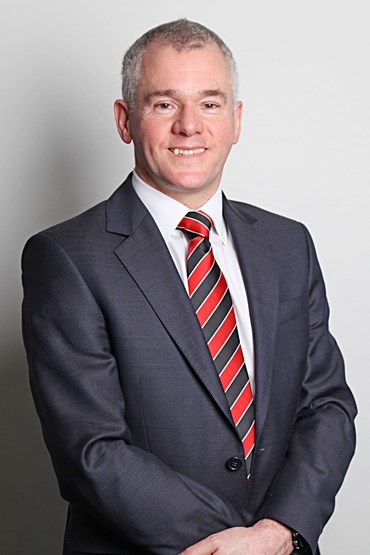 Perry’s Motor Sales, founded in 1908, has a network of 52 dealerships over 32 locations nationwide. Headquartered in Northampton, Perrys represents brands including Vauxhall, Peugeot, Citroën, Fiat, Seat, Renault, Mazda, Kia, Chevrolet and Ford.
Perry’s Motor Sales, founded in 1908, has a network of 52 dealerships over 32 locations nationwide. Headquartered in Northampton, Perrys represents brands including Vauxhall, Peugeot, Citroën, Fiat, Seat, Renault, Mazda, Kia, Chevrolet and Ford.
With 1,900 employees and an annual turnover of close to £700 million, keeping costs in check is a round-the-clock job.
Perrys chairman Ken Savage said: “Keeping costs down isn’t about looking at one area or another. You have got to look at everything. It isn’t a project with a beginning and end; it’s a constant process. It has to be part of your DNA.”
Most dealerships should review processes, contracts and costs from the top down, starting with large overheads like valeting, energy, IT and consumables, said Savage. And getting a good deal in place with a supplier is not the end of the story.
He added: “If you’re not careful you can end up paying more than you should. You need controls in place. Often a dealership will say they have negotiated a good deal on their valeting contract but then don’t monitor the real costs of what they are paying.
“For example, full valets might be done on vehicles that should just have a re-clean. The cost can get away from you. We see this across all areas of our business.”
Using consistent suppliers across the group also helps control costs. He said: “We make contract decisions centrally to make sure suppliers are honouring contracts and costs are not creeping up. You need to encourage dealerships to use the group suppliers to ensure they are getting the best deal. They get approached by different suppliers all the time and if you’re not careful they can drift off into different contracts that might sound cheaper but, in reality, are not.”
When it comes to energy costs, Perrys has had a system in place for a number of years for full-scale reviewing of electricity use across all its sites. This monitoring process, combined with installation of LED lights, has brought the group 25% cost savings and a 26% reduction in energy consumption since 2010.
Electric monitoring meters in all its dealerships gather information about usage which is processed and reviewed to spotlight any irregularities that can then be resolved.
Savage said: “We can see if there’s a spike in electricity use at certain times of the day or unexpected usage. It could be a dealership leaving its lights or heating on at night, a broken switch or thermostat or a compressor left on in the workshops.
“We use an agency to help us negotiate contracts and to review how much energy we are using. They profile the usage of dealerships and monitor for anomalies, providing monthly reviews. These days you do need help from specialists in negotiating the right deals. As a minimum you should be doing a review of your energy meters every month and tracking energy usage year-on-year.”
Switching to smart printers, smart screens and IP phones has also helped Perrys to improve efficiency and reduce costs, and going down to a granular level, reviewing drinking water and coffee machine contracts makes sure they are getting the best deals and being used efficiently.
Savage added: “Putting these checks and processes in place doesn’t happen overnight and it’s not something you can always do on your own. Getting a procurement agency in to help is worth the investment for larger groups.
“You have got to question every area where you are spending money, asking; ‘Is this right?’ ‘Is this relevant?’ ‘Do we need it?’ ‘Could we get a better deal?’ Challenge every area of your cost base.”
JONATHAN KEARNEY

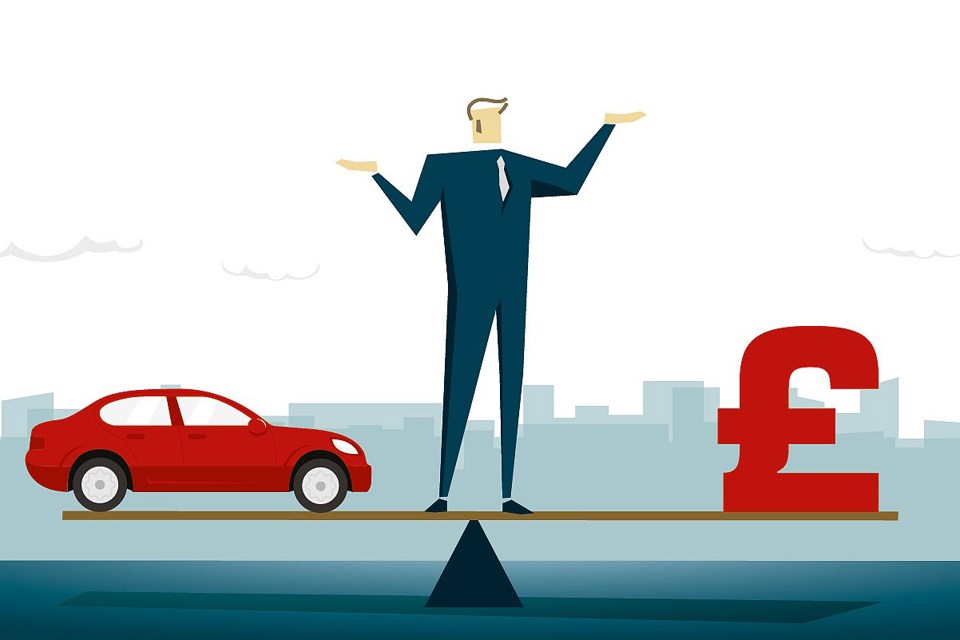









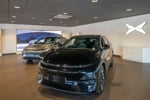




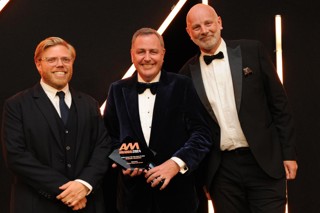

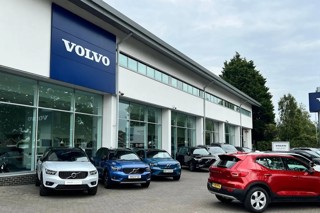
Simon - 08/12/2017 21:40
Most of this article is true but I disagree with a central contract been cheaper I run a valeting contract for a nation group and my prices are cheaper per unit than the groups main supplier while also proving a better service